Shrub with orange berries?
fizgig777 ╰⊰❀ Z7a ❀⊱╮
14 years ago
Related Stories
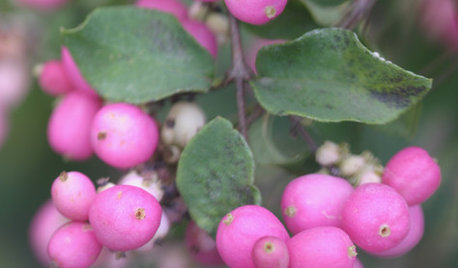
LANDSCAPE DESIGN5 Berry-licious Shrubs to Plant Now for Winter Interest
Showy color during snow season? You bet. These shrubs will wake up a garden with colorful berries when other plants are asleep
Full Story
GARDENING GUIDES8 Native Shrubs for Year-Round Bird Feeding
It’s not just about berries. These plants provide insects for birds and seasonal interest for gardeners
Full Story
FALL GARDENING9 Deer-Resistant Flowering Shrubs to Plant This Fall
These exquisite shrubs will attract your attention but won’t tempt the deer that roam your neighborhood at night
Full Story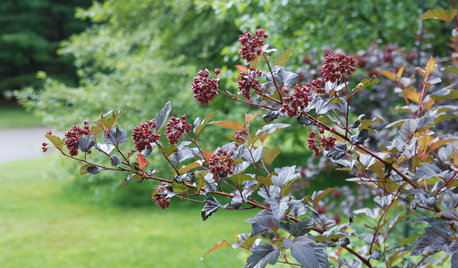
GARDENING GUIDES6 Branches and Berries to Spruce Up Holiday Decor
Bring garden cuttings in from the cold to warm up seasonal arrangements and decorate your home for the holidays
Full Story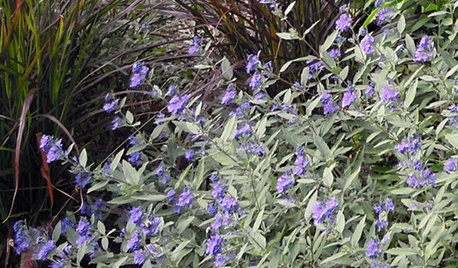
SHRUBS5 Glorious Late-Season Shrubs
Spilling over with berries or bursting with blooms, these stunning underused shrubs keep the garden party going through fall
Full Story
GARDENING FOR BIRDSFeed the Birds: 6 Plants for Abundant Winter Berries
Be kind to your fair feathered friends during lean food times by planting a shrub or tree loaded with nutritious snacks
Full Story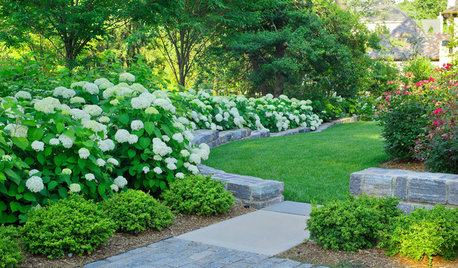
FLOWERS AND PLANTS10 Essential Shrubs for Mid-Atlantic Gardens
Easy-to-grow mid-Atlantic native shrubs celebrate the character of the region
Full Story
GARDENING GUIDES8 Deer-Resistant Elegant Evergreen Shrubs to Plant This Fall
Who knew that such beautiful shrubs could be deer-resistant?
Full Story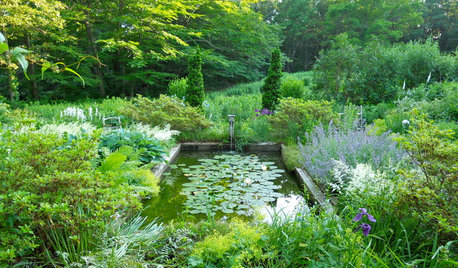
PLANTING IDEAS5 Reasons to Bring Shrubs Into the Flower Garden
Mix up the garden experience and let the flowers and shrubs play together
Full Story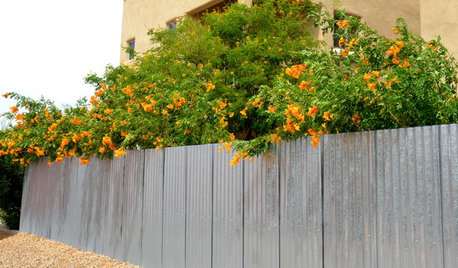
FLOWERS AND PLANTSTecoma x ‘Orange Jubilee’ Enlivens Southern Gardens
Masses of orange trumpet-shaped flowers decorate this tall shrub, attracting hummingbirds from near and far
Full StorySponsored
More Discussions








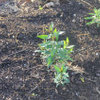

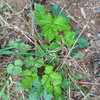
lycopus
fizgig777 ╰⊰❀ Z7a ❀⊱╮Original Author
Related Professionals
Belmont Landscape Architects & Landscape Designers · Ilchester Landscape Architects & Landscape Designers · Lyons Landscape Architects & Landscape Designers · Wake Forest Landscape Contractors · Berwyn Landscape Contractors · Eagle Landscape Contractors · Fort Worth Landscape Contractors · Lynn Landscape Contractors · Metairie Landscape Contractors · Monterey Landscape Contractors · Palm Beach Gardens Landscape Contractors · Riverhead Landscape Contractors · Spring Landscape Contractors · West Palm Beach Landscape Contractors · Oxon Hill Landscape Contractorsweedwoman
fizgig777 ╰⊰❀ Z7a ❀⊱╮Original Author
weedwoman
fizgig777 ╰⊰❀ Z7a ❀⊱╮Original Author
lycopus
Embothrium